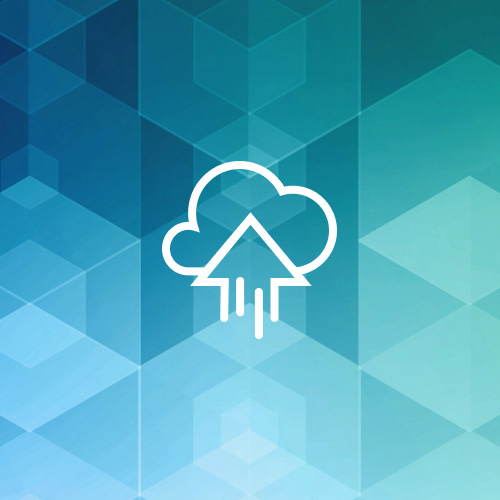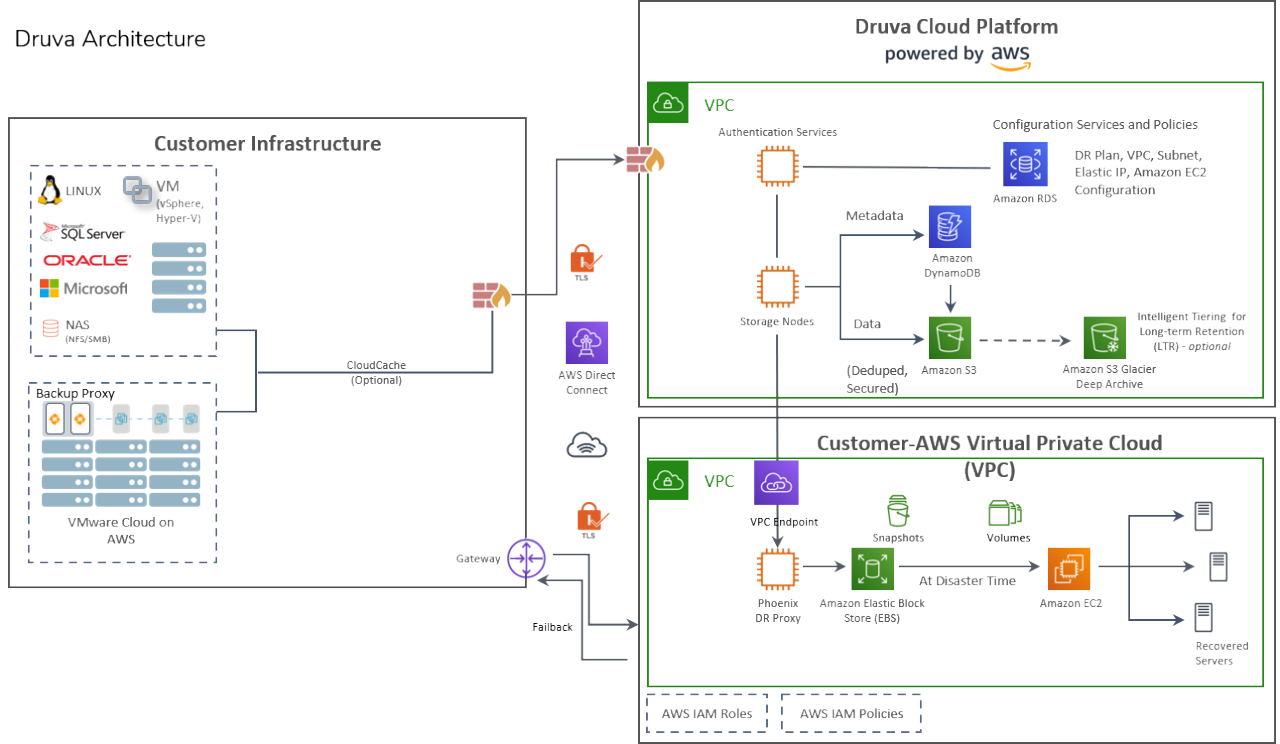VMware Cloud on AWS adoption has been growing yearly, experiencing triple digit growth last quarter. VMware Cloud on AWS was jointly developed by AWS and VMware and launched in August 2017. This is an integrated cloud service that allows organizations to seamlessly migrate and extend their on-premises VMware vSphere-based environments to the AWS cloud. Here are a few more tidbits:
- VMware Cloud on AWS is a full VMware vSphere cloud that is deployed, ready, and running on Amazon Web Services cloud infrastructure.
- It runs directly on the servers with no additional layers between vSphere and the bare-metal system.
- It is automatically deployed and configured with the current version of vSphere, using vSAN for storage, and NSX for networking.
- It is a hybrid cloud solution that can be connected to an onsite data center.
Existing VMs can be migrated using vMotion into the new VMware Cloud on AWS over this connection. Thus, organizations can easily add more capacity to their existing vSphere cluster.
Druva – A natural fit
Being a SaaS solution, Druva is architecturally a natural fit in the cloud space – in fact, it was the first SaaS data protection solution certified for VMware Cloud on AWS.
When you protect your VMware Cloud on AWS with Druva, your life becomes much easier than if you were to use an on-premises and/or appliance-based solution. Here’s why:
- Druva is SaaS (Software as a Service), so you need not worry about hosting and managing a data protection solution. Druva does this for you, across backup, archival, and disaster recovery.
- You also don’t need to worry about deploying multiple components and creating Amazon S3 buckets to store backup data. All you need to do is deploy a Druva Backup Proxy and everything else is then managed by Druva, from the Druva Cloud.
- Druva’s 100% SaaS architecture allows you to easily scale-up, enabling you to protect hundreds of thousands of virtual machines (VMs) across multiple VMware Cloud clusters.
- With Druva, you’ll have a single pane of glass to manage both on-premises VMware and VMware Cloud deployments.
- Druva’s patented global deduplication significantly lowers the amount of backup data stored in the Druva Cloud, delivering you cost savings since you’ll only pay for data actually consumed in Amazon S3.
- By switching to a cloud-based solution for data protection, you will eliminate all hardware, patching, maintenance, and more – reducing your total cost of ownership by up to 50%.
Market-leading capabilities
Druva’s data center backup and disaster recovery solution, Druva Phoenix, offers the following market-leading capabilities:
- Uses native VMware APIs to backup and restore data.
- Leverages VMware change block tracking (CBT) to track incremental changes.
- Offers file-level recovery to a virtual machine.
- Leverages HotAdd transport mode for backups.
- Has the ability to configure virtual machines based on tags, datastores, clusters, and automated policy configuration.
- Delivers automated disaster recovery in AWS with orchestration and failback capabilities.
- Can perform SQL application-aware backups and restores.
- Provides multiple restore options for backed-up VMs:
- Restore VMs to the same VMware Cloud SDDC from which they were backed up.
- Restore VMs to a different SDDC in VMware Cloud.
- Restore VMs to an on-premises data center.
Similarly, VMs backed up from an on-premises data center can be restored to any VMware Cloud SDDC.
An architecture fundamentally designed to support VMware Cloud
Druva’s architecture is fundamentally designed to support VMware Cloud. The following diagram illustrates this architecture:

